
Continuous batch waste tire processing equipment
It is used to reduce, harmlessly treat and utilize resources of waste tires and rubber. It separates the moisture and organic matter in waste tires and rubber from the raw materials, meets the emission standards, and finally realizes the pyrolysis reduction reaction. The three major raw materials contained in waste tires: rubber, steel wire, and nylon fiber are completely separated, opening up a new way to recycle the scarce rubber resources, and no three waste pollution (dust, waste gas, waste water) will be produced during the production process ).

Continuous waste tire processing equipment
It is used to reduce, harmlessly treat and utilize resources of waste tires and rubber. It separates the moisture and organic matter in waste tires and rubber from the raw materials, meets the emission standards, and finally realizes the pyrolysis reduction reaction. The three major raw materials contained in waste tires: rubber, steel wire, and nylon fiber are completely separated, opening up a new way to recycle the scarce rubber resources, and no three waste pollution (dust, waste gas, waste water) will be produced during the production process ).
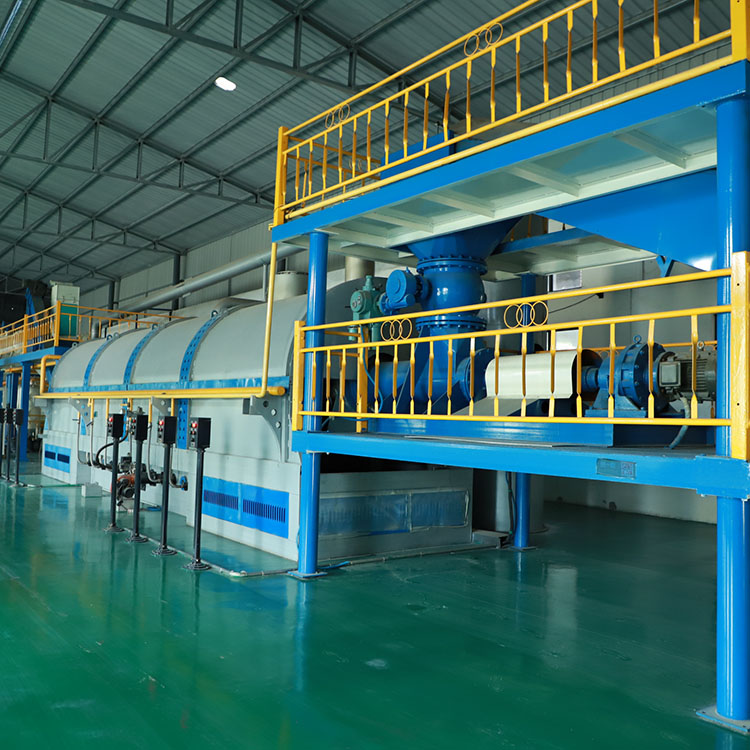
Municipal sludge treatment equipment
The sludge in the sludge tank enters the vacuum centrifugal drying and dehydration machine regularly and quantitatively through the mud pump. After 1 hour of centrifugal drying, it enters the sludge anaerobic pyrolysis carbonization device. After the pyrolysis gas is fractionated and cooled by the oil separator, we obtain Combustible gas (for self-use of the system after purification) and the solid product obtained after pyrolysis - biochar, can be used as raw materials for biochar fertilizer, and then enter the batching bin machine, and the finished fertilizer is automatically packaged. This process heating system uses waste heat recycling, which greatly saves energy consumption and reduces equipment operating costs. The flue gas generated by the production line is purified by the flue gas purification system and reaches the emission standard.

Comprehensive oily sludge treatment equipment
For all items of HW08, waste oil sludge, oil-based mud, oily soil produced from natural gas and crude oil extraction (071-002-08, 072-001-08), ship breaking sludge, storage tank sludge, pipeline sludge, ship cleaning sludge; HW11 (Full code) Distillation residue, various high and low temperature coal tars, waste tar residues; HW49 (900-041-49) diatomaceous earth and clay that absorb high wax oil; leather sludge, electroplating sludge, chemical sludge.
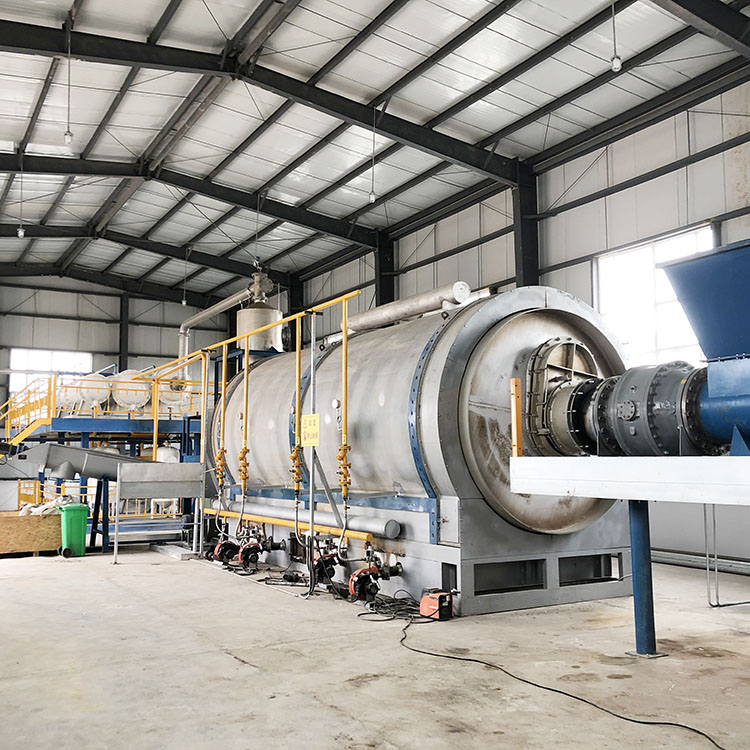
1 ton medical waste disposal equipment
In view of the special characteristics of the shape of medical waste, the principle of waste pyrolysis and gasification is adopted. The waste is pyrolyzed and gasified under oxygen-deficient conditions in the pyrolysis furnace. The gas temperature in the pyrolysis furnace is controlled at about 200~400°C, and the center temperature of the slag can reach At about 850°C, organic waste is converted into combustible components such as CO and CH4, as well as inorganic water vapor, acidic gas and slag. After the combustible gas enters the mixing chamber, it is strongly mixed with the tangentially entering air and then sent to the secondary chamber for combustion. The flue gas temperature at the outlet of the secondary chamber can reach 850-1100°C, and the flue gas residence time is more than 2 seconds. The organic matter in the flue gas is completely burned. The operation of the pyrolysis furnace and the secondary combustion chamber implements integrated control, which not only ensures the safe combustion of waste but also fully stimulates the heat of the waste itself, reducing operating costs.

5 tons of medical waste disposal equipment
In view of the special characteristics of the shape of medical waste, the principle of waste pyrolysis and gasification is adopted. The waste is pyrolyzed and gasified under oxygen-deficient conditions in the pyrolysis furnace. The gas temperature in the pyrolysis furnace is controlled at about 200~400°C, and the center temperature of the slag can reach At about 850°C, organic waste is converted into combustible components such as CO and CH4, as well as inorganic water vapor, acidic gas and slag. After the combustible gas enters the mixing chamber, it is strongly mixed with the tangentially entering air and then sent to the secondary chamber for combustion. The flue gas temperature at the outlet of the secondary chamber can reach 850-1100°C, and the flue gas residence time is more than 2 seconds. The organic matter in the flue gas is completely burned. The operation of the pyrolysis furnace and the secondary combustion chamber implements integrated control, which not only ensures the safe combustion of waste but also fully stimulates the heat of the waste itself, reducing operating costs.

10 tons of medical waste disposal equipment
In view of the special characteristics of the shape of medical waste, the principle of waste pyrolysis and gasification is adopted. The waste is pyrolyzed and gasified under oxygen-deficient conditions in the pyrolysis furnace. The gas temperature in the pyrolysis furnace is controlled at about 200~400°C, and the center temperature of the slag can reach At about 850°C, organic waste is converted into combustible components such as CO and CH4, as well as inorganic water vapor, acidic gas and slag. After the combustible gas enters the mixing chamber, it is strongly mixed with the tangentially entering air and then sent to the secondary chamber for combustion. The flue gas temperature at the outlet of the secondary chamber can reach 850-1100°C, and the flue gas residence time is more than 2 seconds. The organic matter in the flue gas is completely burned. The operation of the pyrolysis furnace and the secondary combustion chamber implements integrated control, which not only ensures the safe combustion of waste but also fully stimulates the heat of the waste itself, reducing operating costs.
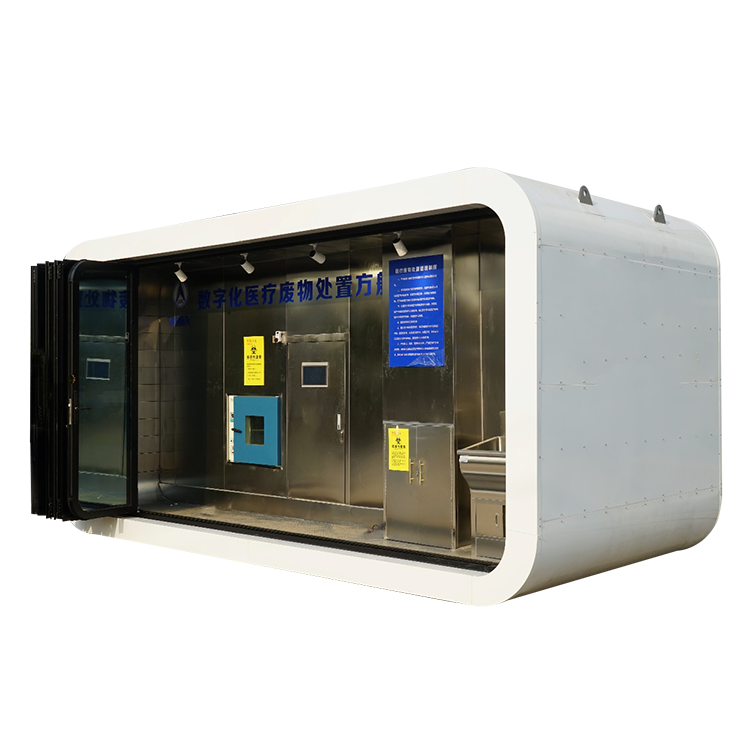
Medical waste distributed emergency disposal shelter
The medical waste distributed emergency disposal shelters are designed according to two plans: distributed fixed-point disposal and mobile skid-mounted emergency disposal. The fixed-point disposal plan places the shelter at a fixed site and disposes on site; the mobile skid-mounted emergency disposal shelter is Vehicle-mounted, placed in the central control center, it can be used for fixed-point disposal or as a backup for emergency plans. It can be arranged flexibly according to the on-site conditions and can provide emergency support in response to sudden epidemics or public health events.

Medical waste high temperature cooking equipment
The high-temperature sterilization system for medical waste includes a high-temperature cooking system. The high-temperature cooking process uses the latent heat released by water vapor to denature and coagulate the proteins of pathogenic microorganisms to sterilize medical waste. The high-temperature cooking process is used as the front-end treatment of the landfill process. It pre-treats the medical waste to inactivate bacteria and germs. The inactivated medical waste is crushed and destroyed before being sent to the landfill for disposal.
The high-pressure steam sterilization method is to pass steam at 130-190°C into a sealed autoclave to generate an internal pressure of 100-500kPa. The medical waste stays in the autoclave for 30-80 minutes to be fully penetrated. , ensuring that pathogenic organisms are destroyed. High-temperature steam sterilization is a simple, feasible, economical, reliable, fast and safe sterilization method. Medical waste after sterilization can be disposed of like ordinary domestic waste.
The high-pressure steam sterilization method is to pass steam at 130-190°C into a sealed autoclave to generate an internal pressure of 100-500kPa. The medical waste stays in the autoclave for 30-80 minutes to be fully penetrated. , ensuring that pathogenic organisms are destroyed. High-temperature steam sterilization is a simple, feasible, economical, reliable, fast and safe sterilization method. Medical waste after sterilization can be disposed of like ordinary domestic waste.
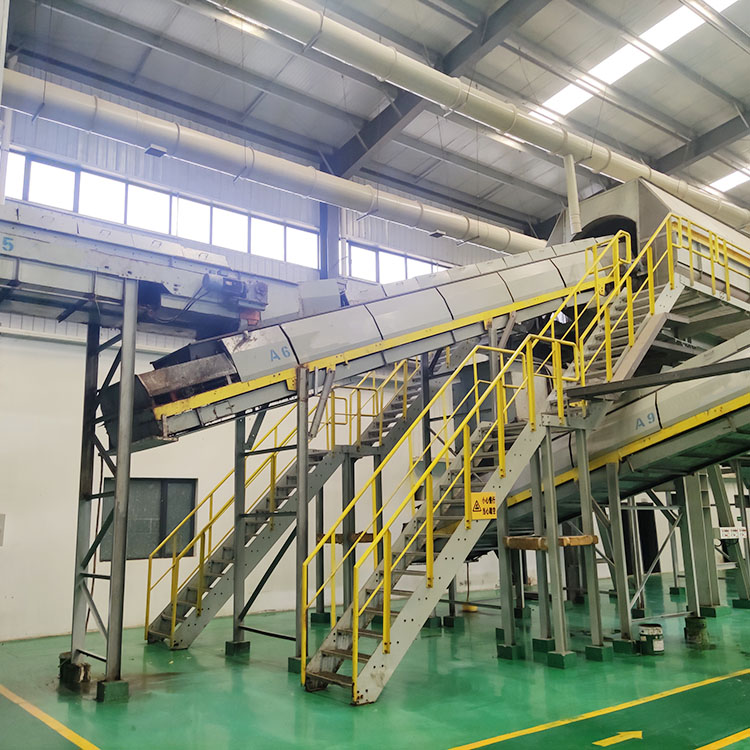
300 tons of domestic waste treatment equipment
The anaerobic low-temperature continuous pyrolysis process of urban and rural domestic waste is used to treat urban and rural domestic waste harmlessly and resourcefully. On the basis of harmlessness and resource utilization, stabilization and reduction treatment are achieved. Domestic waste generated after pyrolysis treatment Inert solid carbon residue, pyrolysis fuel oil, bio-natural gas. Among them, solid carbon residue is sorted and some metals are recovered. The remaining carbon residue has many comprehensive utilization directions and good economic benefits; pyrolysis fuel oil is recycled for industrial fuel or personal use; bio-natural gas is used for pyrolysis equipment after dechlorination and purification. Circulating heating energy can meet more than 60% of its own energy self-sufficiency. After pyrolysis treatment, the mass reduction rate of domestic waste is higher than 50%, the volume reduction rate is higher than 90%, and carbon emissions can be reduced by 0.4-0.7 tons per ton.

Agricultural and forestry waste carbon gas cogeneration equipment
It is mainly aimed at disposal projects such as agricultural and forestry straw, livestock and poultry manure, municipal sludge, etc. It can be arranged individually or mixed with multiple disposals. It utilizes the characteristics of high organic matter content of the above-mentioned solid waste to achieve carbon-gas co-production. The main products are carbon-based fertilizer and Bio-natural gas can realize efficient resource utilization of waste. Complex manual and mechanical sorting systems for agricultural and forestry waste are no longer needed, which can significantly reduce investment and equipment maintenance costs in the waste treatment process, and significantly reduce labor costs. It can meet the synchronous feeding of dry and wet agricultural and forestry wastes, without the need to separate dry and wet agricultural and forestry wastes, reducing project operation costs and construction costs. The treatment of agricultural and forestry waste leachate will be more cost-effective and will no longer have secondary impacts on the environment. The organic waste is pyrolyzed at medium and high temperatures under air-isolated conditions, and biochar products, fuel oil products and bio-natural gas products are obtained after pyrolysis, thereby achieving harmless and resource-based treatment of agricultural and forestry waste.
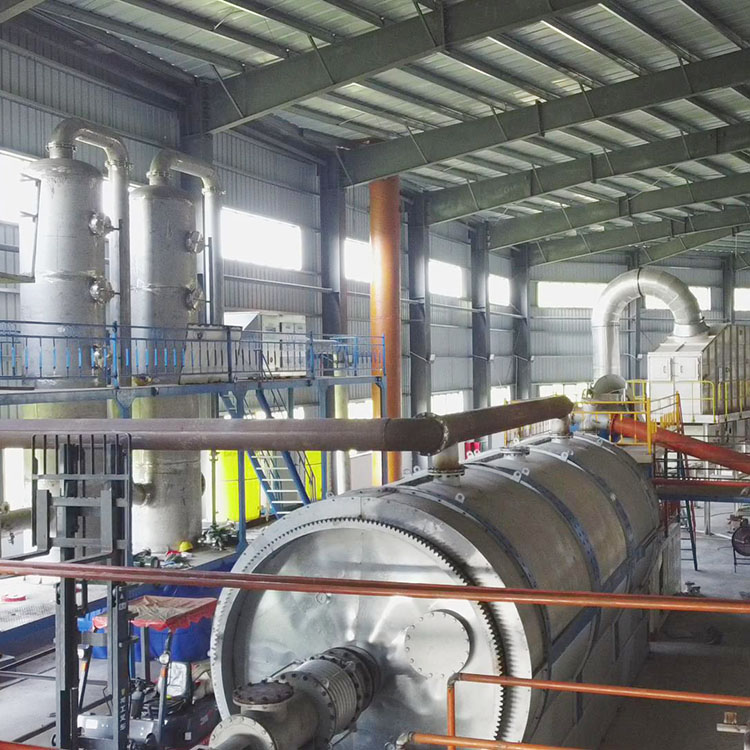
100 tons of domestic waste treatment equipment
The anaerobic low-temperature continuous pyrolysis process of urban and rural domestic waste is used to treat urban and rural domestic waste harmlessly and resourcefully. On the basis of harmlessness and resource utilization, stabilization and reduction treatment are achieved. Domestic waste generated after pyrolysis treatment Inert solid carbon residue, pyrolysis fuel oil, bio-natural gas. Among them, solid carbon residue is sorted and some metals are recovered. The remaining carbon residue has many comprehensive utilization directions and good economic benefits; pyrolysis fuel oil is recycled for industrial fuel or personal use; bio-natural gas is used for pyrolysis equipment after dechlorination and purification. Circulating heating energy can meet more than 60% of its own energy self-sufficiency. After pyrolysis treatment, the mass reduction rate of domestic waste is higher than 50%, the volume reduction rate is higher than 90%, and carbon emissions can be reduced by 0.4-0.7 tons per ton.

























